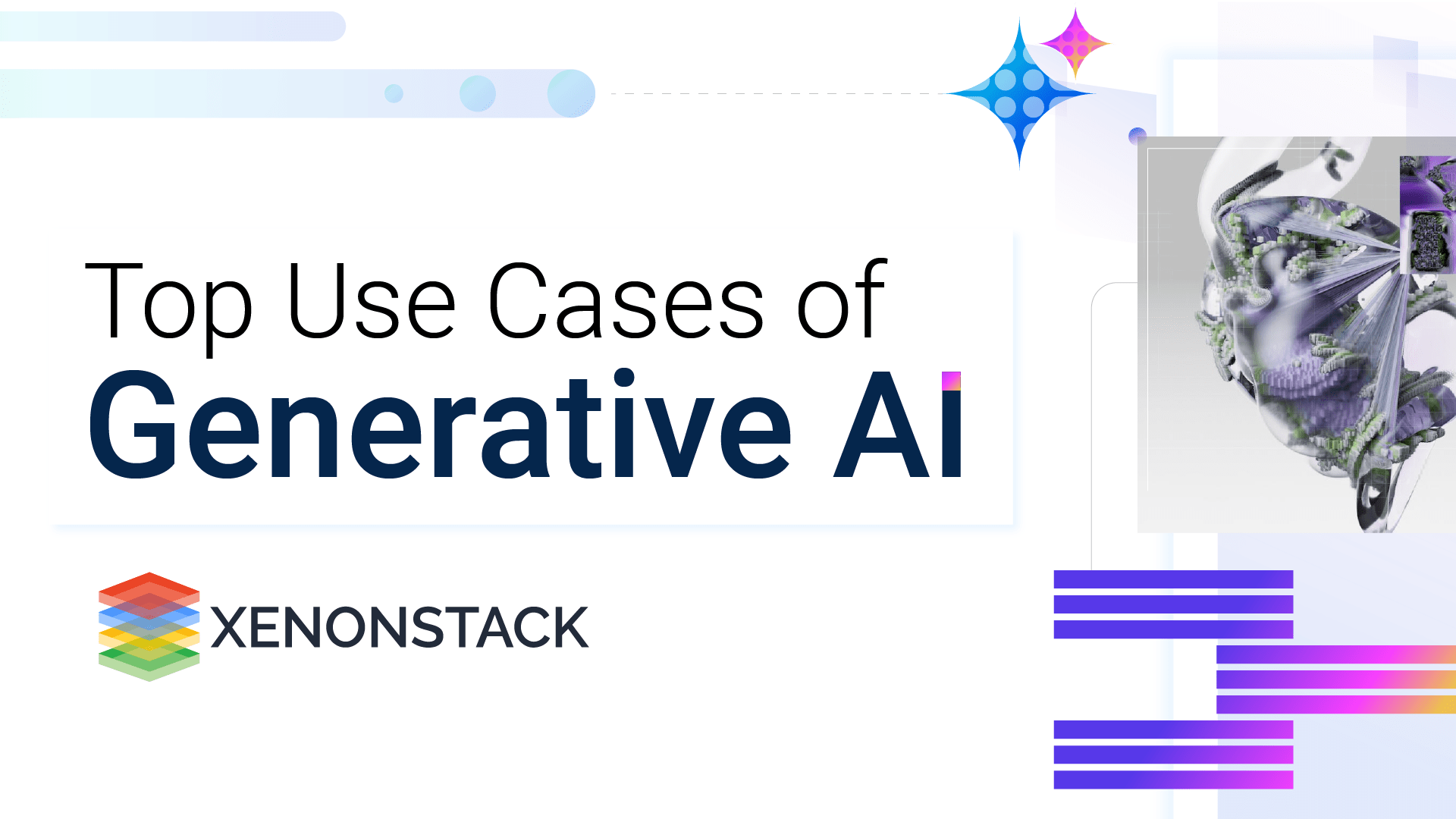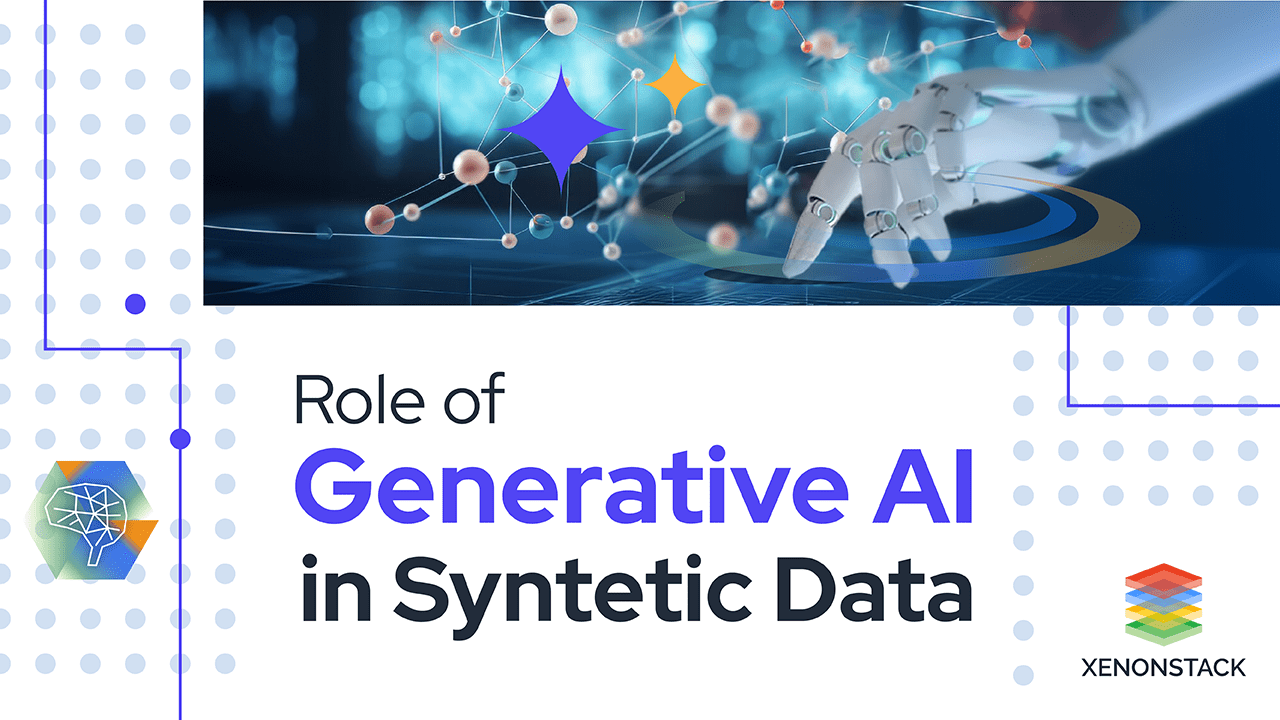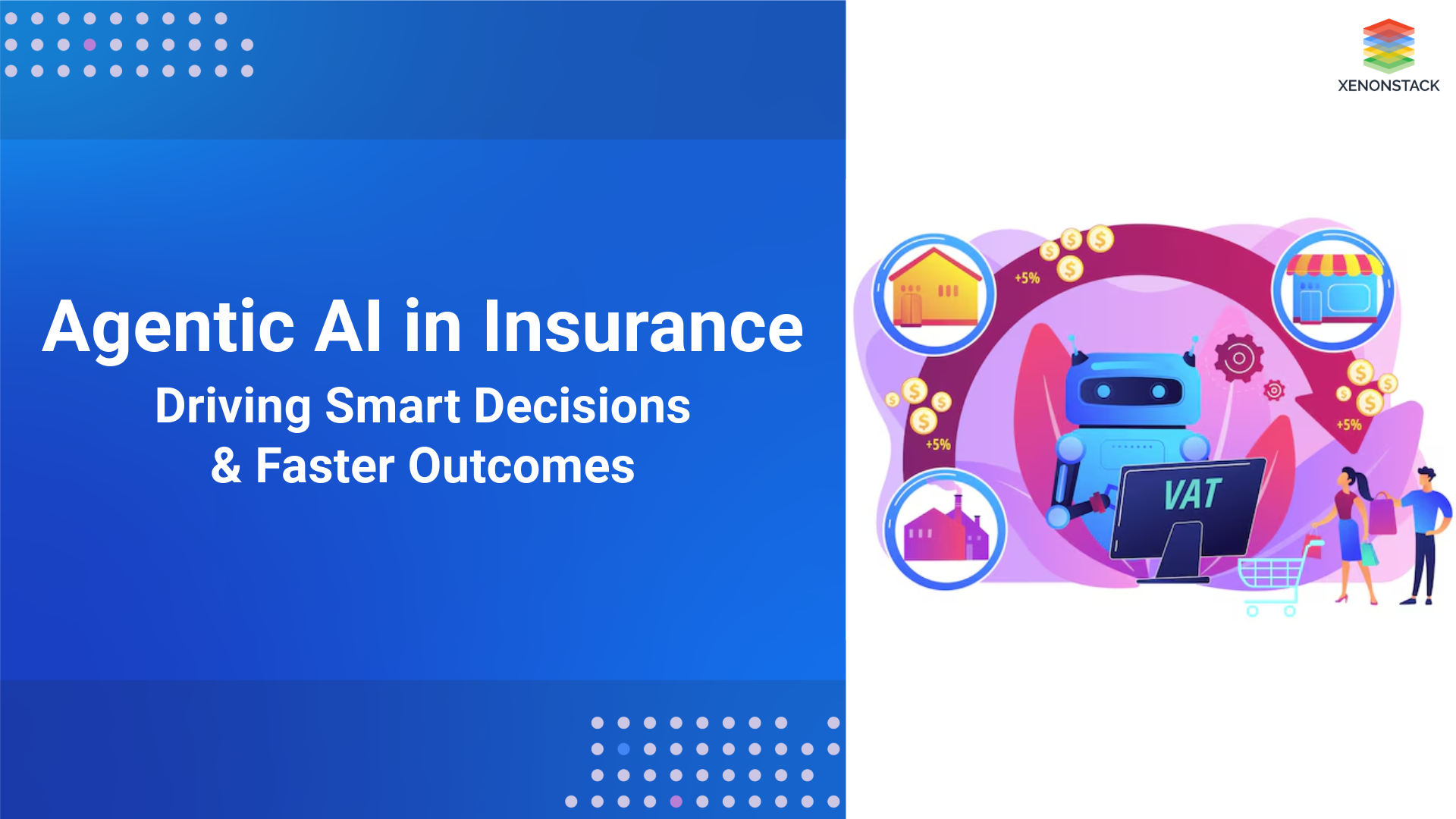
Introduction
The construction industry has been struggling with numerous challenges that have impeded its growth, leading to suboptimal productivity levels compared to other industries. The lack of digitization and the industry's heavily manual nature have made managing projects more complicated than necessary. Additionally, insufficient digital expertise and technology adoption within the construction industry has been linked to cost inefficiencies, project delays, poor quality performance, uninformed decision-making, inadequate productivity, and poor health and safety standards.
Application of Generative AI in the construction industry
Resource and waste optimization
Due to rapid development, the amount of construction and demolition waste generated globally increases yearly. Unfortunately, these activities harm the environment, natural resources, and human resources. There has been a shift from reactive waste intelligence to proactive data-driven approaches, such as waste analytics (WA), to minimize waste generation. Waste analytics helps to reduce waste through design.
Waste analytics relies on diverse data from various sources, including building design, material properties, and construction strategies. Advanced data analytics techniques can produce more detailed waste generation profiles, which can help minimize waste extensively.
Value-driven services
Value-driven services in the construction industry encompass a range of AI applications that enhance operational efficiency and customer satisfaction. These services leverage Generative AI to streamline processes and deliver added value to clients.
Estimation and scheduling
AI-powered estimation or prediction models have a wide range of applications in various domains of the construction industry. These models are beneficial in predicting construction cost and duration, which are crucial factors for project success. Inaccurate cost and time estimates could have significant economic and financial consequences.
Construction site analytics
IoT sensors and digital technologies are transforming construction sites into intelligent work environments. Construction site analytics is concerned with generating, collecting, storing and analyzing construction site data to generate deep insights for visualization. A significant amount of unstructured data, including images, videos, and real-time equipment and site monitoring reports, is generated on construction sites. and analyzed using advanced AI techniques to optimize site performance in all key areas, such as planning, design, safety, quality, schedule and cost.
Job creation
It's expected that construction jobs will be highly affected by automation in the next decade, with it being the third-highest job category at risk. This is due to the increasing prevalence of automation technologies like AI and IoT. Jobs that require medium to low education are at an exceptionally high risk (38-45%) of being automated by the mid-2030s. However, adopting these technologies could also lead to new roles in the industry that could help assimilate and reskill displaced workers.
Health and Safety Analytics
Advanced data analysis techniques are employed in health and safety analytics to predict and prevent occupational accidents, with the construction industry reporting a significantly higher rate of work-related injuries and fatalities than other industries. Construction work is precarious due to onsite dangers such as working at heights, getting trapped, falling objects, equipment and tool malfunctions, dust and toxic materials exposure, and noise-induced hearing loss. These dangers could result in long-term health issues, disability or even worker death. Hence, it is crucial to take a proactive approach to preventing accidents and health risks by using digital technologies such as AI to anticipate and prevent them before they occur.
AI-driven contract management
Construction contract management can be a complicated and overwhelming process involving lengthy contracts, often prone to errors and mistakes. These errors can result in severe consequences, including legal costs, claims, project delays, and damage to reputation. Contract management relies heavily on human intervention, making it even more susceptible to errors. To overcome these challenges, AI can be used to automate the contract management process, thereby augmenting the efforts of contract managers and legal teams. The contract management process can be faster and more accurate by leveraging AI. This will allow for easy retrieval of relevant information, contract summarization, drafting of contracts, identification of dispute-prone clauses, negotiation and resolution of disputes, and enforcement of contract obligations and closure.
Voice user interfaces
Construction work is a hands-busy and eyes-busy job, which makes it difficult to interact with digital devices. Construction workers often must type on devices to retrieve information, which can lead to safety hazards. To tackle this issue, voice-activated user interfaces (VUIs) have become a practical substitute for current communication modes with devices on construction sites. VUIs allow workers to communicate with software applications by speaking to them.
AI-driven audit system for construction financials
The construction industry generates significant economic activity. Unfortunately, many construction firms struggle with insolvency due to their unique and lengthy projects requiring financial management assistance to ensure project success. These companies often operate multiple projects simultaneously, necessitating the transfer of workers and equipment between sites. The competitive bidding process and overhead expenses can result in narrow profit margins, making tracking project and overhead costs crucial. The top priority should be to deliver high-quality work and proactively manage financial resources. Currently, existing AI-based financial audit tools cannot effectively monitor project expenses or predict potential financial issues before they arise, preventing financial managers from taking proactive measures in response to overspending or underspending. This can lead to unfavourable decisions by stakeholders and even bankruptcy.
Challenges
The study has discovered possibilities and upcoming trends in utilizing AI in construction procedures. However, addressing the main challenges to amplify this knowledge area is equally important. Six primary challenge areas that hinder the adoption of AI in construction have been identified and presented below.
Cultural Issues and Explainable AI
Construction sites are often unique and diverse, so AI technologies deployed in the construction industry must be adaptable and usable across various projects or sites. These technologies must also undergo comprehensive testing and be proven effective to convince construction contractors and businesses to adopt them. Most machine learning systems operate as black boxes, meaning they do not explain their decision-making process. However, construction practitioners must comprehend how these systems arrive at their conclusions to build trust in them. Explainable AI (XAI) models have been developed to address this issue. These models produce explainable results, allowing humans to understand better, trust, and manage the systems. Some popular XAI approaches include logistic regression, neural networks, decision trees, local interpretable model-agnostic explanations (LIME), and layer-wise relevance propagation (LRP).
Security
Despite its potential to strengthen security and detect intrusions, AI is also a significant target for exploitation by hackers, cybercriminals, and privacy invaders. Even minor errors in the construction processes can have significant quality, cost, and time implications, which can have a ripple effect on the overall project plan, including time, cost, supply chain, logistics, procurement, and more. Most importantly, the use of AI to control specific processes or augment the work of construction workers needs to be done with minimal or no security risks. This is crucial to ensure the safety of construction workers and prevent life-threatening accidents or loss of lives.
Talent shortage
Industries worldwide seek AI to lead serious developments. However, finding AI engineers with experience in the construction sector to develop custom solutions to the industry's numerous problems takes time and effort. Moreover, construction experts must collaborate with researchers and industry experts in the AI field to merge ideas and create innovations that can truly cater to the needs of the construction industry.
Ethics and governance
Establishing and maintaining public trust in AI technologies depends on inclusive, transparent, agile governance. The competencies of AI technologies, while promising excellent outputs, could also be dangerous if not properly regulated. For example, a significant construction site robot malfunctions and has to fall on a busy construction site with plenty of workers. How does the robot decide to fall left or right, depending on the number of workers on each side, knowing fully well it could mean death for the workers? There must be use of Ethical AI in classifying building ethics in AI in cases like exploring ethical dilemmas, individual ethical decision frameworks, collective ethical decision frameworks and ethics in human-AI interactions.
High initial costs
The benefits of AI-driven solutions in the construction industry are indisputable. However, the initial costs of investing in such AI solutions, e.g., robotics, are usually very high. The maintenance requirements of such solutions also need to be considered. Therefore, firms need to determine the cost savings and return on investment of such technologies to determine whether to invest.
Computing power and Internet connectivity
Construction sites are often located in remote areas so that they may need access to reliable power or Internet connectivity. This poses a significant challenge for using AI tools at construction sites, as these tools typically require a stable internet connection and reliable power supply to function correctly. For instance, sensors must communicate information to be computed in real-time during construction. However, with the advent of 5G, construction sites can now enjoy even more significant benefits due to their high data rate, reduced latency, energy efficiency, cost-effectiveness, greater system capacity, and ability to connect multiple devices simultaneously.
Conclusion
In conclusion, the construction industry faces challenges like low digitization and manual processes, leading to inefficiencies and safety risks. Generative AI offers solutions such as waste optimization, improved estimation, site analytics, safety enhancements, and cost management. However, challenges like cultural adaptation, security, talent shortage, ethics, costs, and connectivity must be addressed for successful AI integration in construction.
-
Discover here about Artificial Intelligence Governance Strategy
-
Click to read about Property and Real Estate Valuation Dashboard



